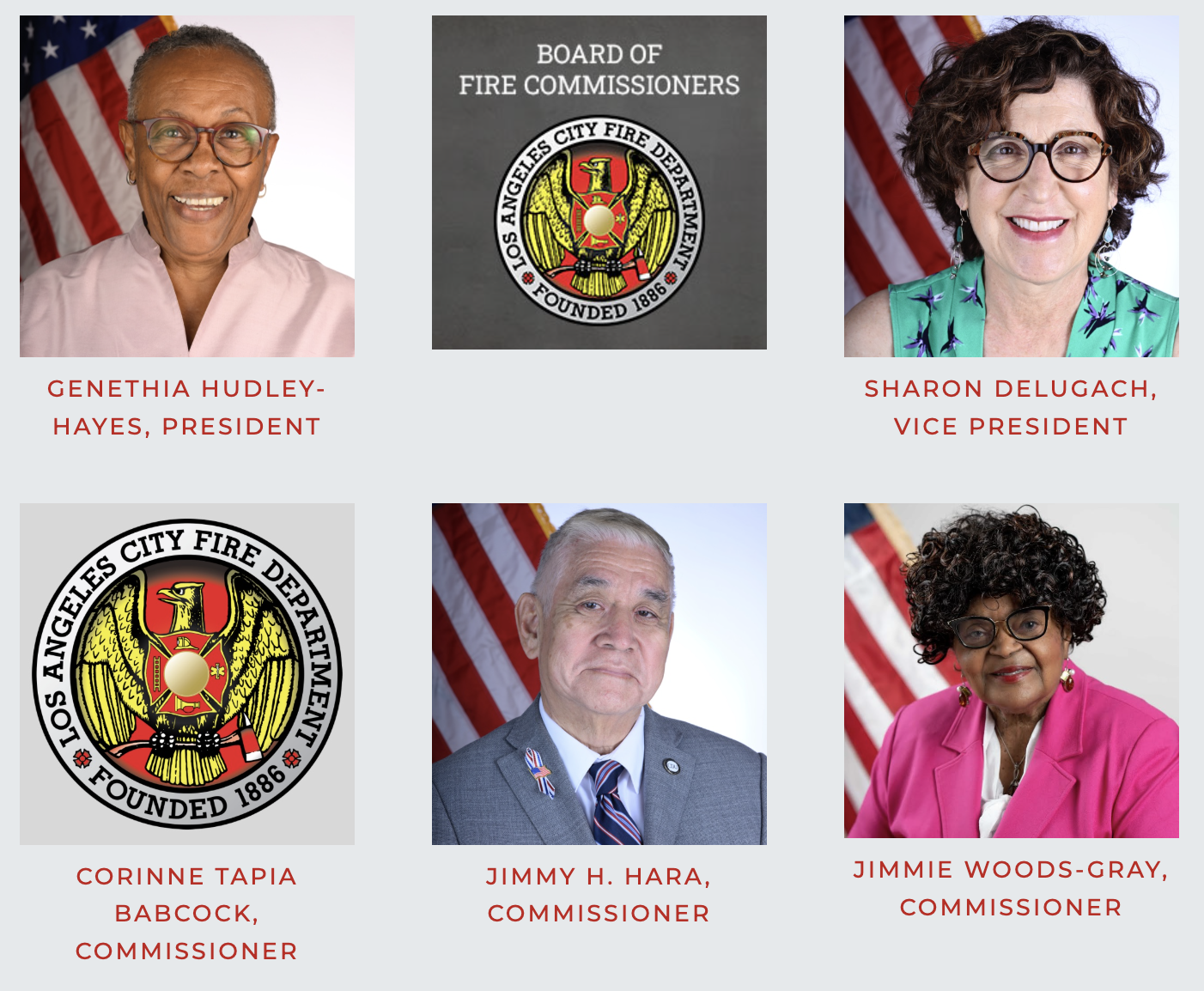When the Los Angeles Fire Department Commission met this morning to review its preliminary budget and discuss the draft After Action Report on the devastating January Palisades fire, council and department leaders clashed over responsibility for the city’s wildfire preparedness. Councilmember Traci Park used her remarks to blame the City Council’s budget process, while fire commissioners and senior staff focused on systemic lapses in coordination, planning, and leadership that contributed to one of the deadliest wildfires in Los Angeles history.
The October 21 meeting, which also featured the department’s budget presentation for the upcoming fiscal year, happened to include discussion of the draft After Action Report. During the session, Interim Chief Ronnie Villanueva unexpectedly shared an internal supplement titled 2025 Palisades Lessons Learned and Recommendations Action Items. The checklist summarized 42 departmental reforms, with many already marked “completed.” Several deputy chiefs and executive staff were reportedly caught off guard when Villanueva presented what had been intended as an internal working document. When a commissioner asked for a copy, staff distributed it to all commissioners, which instantly made it a public record.
A staff attorney from the City Attorney’s office was present but did not intervene before the distribution. Under the Brown Act, the failure to object meant the document could not be reclassified as confidential. The result was an unplanned release of a document now available to the public here. The mistake is being viewed by several observers as a serious procedural lapse by legal staff acting under City Attorney Hydee Feldstein Soto’s direction.
The internal report shows that the department had already begun implementing major reforms months before the public release of the After Action Report. Completed actions include new recall procedures, annual evacuation training with LAPD and Cal OES, installation of upgraded radio systems, and adoption of the Genasys Protect emergency alert platform. Other items remain in progress, such as developing a Palisades-Topanga Mutual Threat Zone plan, creating multiple emergency evacuation routes, and establishing a Vegetation Steering Committee to oversee ongoing wildfire strategy.
It bears noting that Park voted to slash $17.8 million from the fire department’s budget last year, a decision that watchdogs and union officials say directly weakened staffing and resources during the Palisades emergency. Yet at this week’s meeting, she struck a defiant tone, warning that Los Angeles is trying to protect a modern mega city with a fire department funded for the needs of a generation ago and vowing to fight future cuts. The contradiction was hard to miss, with the councilmember who voted for the reductions now lamenting their consequences while offering no concrete solutions beyond calling for more money.
Observers of the meeting noted that Park sidestepped critical operational questions, including why she had not pushed for predeployment of resources in the days leading up to the fire, why staging was delayed until evacuations were already underway, and why radio plans were not followed. The After Action Report itself documented a late surge posture on a Red Flag Day, chaotic communications, and a fleet that left recalled firefighters without seats, all failures that Park, as the district’s elected representative, had been warned about long before the fire.

